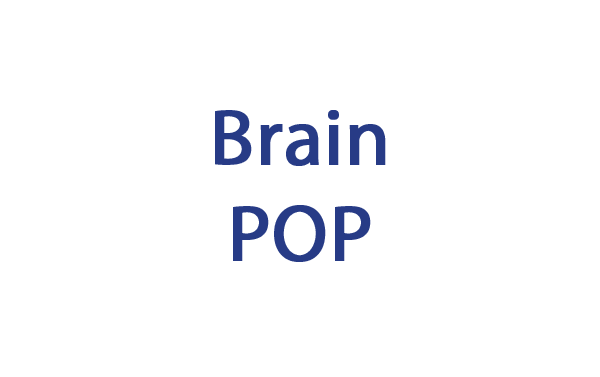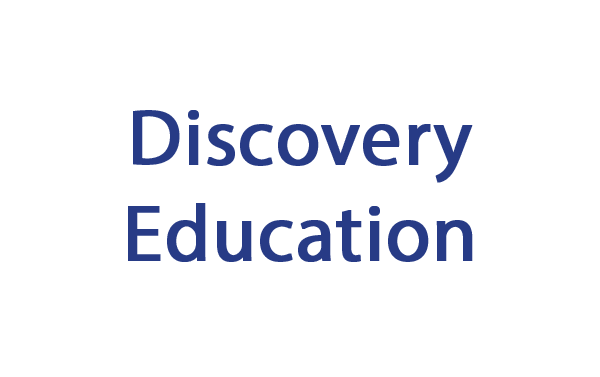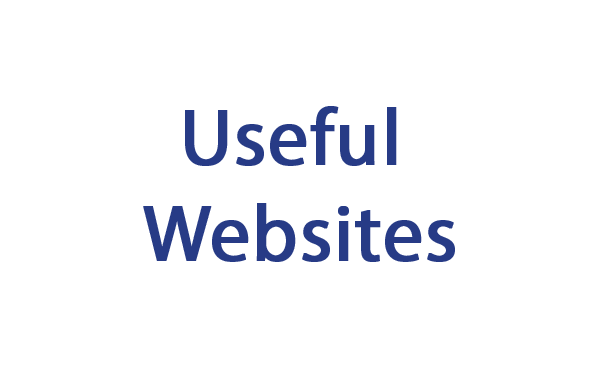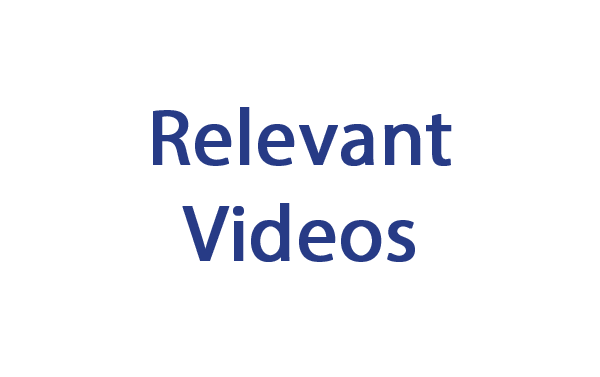

The Big Idea
The big idea Chronology involves putting things in the right order. This is very important when studying history because it helps us to see ‘the big picture’ – to understand the reasons why things have happened and how the present is influenced by the past.
Key Learning Goals - History:
3.10 Be able to find out about aspects of the past from a range of sources
3.11 Be able to describe and identify reasons for and results of historical events,
situations, and changes in the periods they have studied
3.14 Be able to describe how the history of one country affects that of another
3.17 Be able to place the events, people and changes in the periods they have studied into a chronological framework
Key Learning Goals - Geography:
3.14 Be able to collect and record evidence to answer geographical questions
3.15 Be able to identify geographical patterns and to use their knowledge and understanding to explain them
3.18 Be able to use appropriate techniques to gather information
3.19 Be able to make plans and maps in a variety of scales using symbols and keys
3.20 Be able to use and interpret globes and maps in a variety of scales
3.22 Be able to explain how physical and human processes lead to similarities and differences between places
3.23 Be able to explain how places are linked through movement of goods and people
3.24 Be able to communicate their knowledge and understanding of geography in a variety of ways
In History, we’ll be finding out:
- How historical time can be recorded and measured
- How we can sort, sequence and order the past
- How we can interpret events to explore the attitudes of people in the past
- What happened at different times in different cultures
In Geography, we’ll be finding out:
- About the history of a location in the host country
- How the movements of people affect the physical and human features of a location
- How we can use maps to find out about the history of a location
In Art, we’ll be finding out:
- How artists from different periods have used art to record history
- How we can use art to record a historical event
In International, we’ll be finding out:
- What we can learn from the past
Beginning about 10,000 years ago, agriculture began, when humans moved away from a lifestyle of hunting and gathering, to one of agriculture and settlement. Agriculture refers to the cultivation and breeding of plants & animals for food and other human products. In this BrainPOP movie, Tim and Moby introduce you to the radical changes in society and government caused by the agricultural revolution.
The Maya were the first great civilization of the Americas – their settlements began about 4,000 years ago. You’ll learn why the Maya civilization wasn’t exactly an empire, but still constituted a unified culture. You’ll also find out about the Maya script, the only complete written language developed by indigenous Americans! Plus, Tim will describe the role of religion in Maya society, explaining how it drove advances in architecture, math, art, and astronomy. Finally, you’ll get a picture of how the Mayas were slowly subdued by the Spanish empire.
The capital of Greece, Athens is one of the world’s oldest cities, founded in 508 BC. You’ll learn why Athens was special among the Greek city-states, and why it was famous for art, literature, and philosophy. You’ll learn who Pericles was, why he was so important to Athens, and what he worked for.
The Roman empire was the largest empire of the ancient world, beginning in 27 BC. Its capital was Rome, and its empire was based around the Mediterranean. In this BrainPOP movie, you’ll find out just how long it did take to build Rome as Tim and Moby introduce you to the rise of the Roman Empire. You’ll lalso earn who Julius Caesar was, what he did to made him so powerful, and what happened when he returned to Rome.
Born in 69 BC, Cleopatra ruled Egypt and is one of the most famous women in history. In this BrainPOP movie, Tim and Moby introduce you to this last queen of Egypt, whose downfall led directly to the establishment of the Roman Empire.
The Roman empire began to decline about 200 AD, finally falling in 476 AD. During the reign of Marcus Aurelius, Rome reached heights of art, culture, and commerce that the world had never seen before. Three hundred years later, the whole thing had collapsed. What happened? Find out in this BrainPOP movie on the fall of the Roman Empire.
The Vikings were famous for sailing huge distances from their home in Scandinavia between AD 800 and 1066 to raid and plunder. In the BrainPOP movie on Vikings, Tim and Moby explain that these Scandinavian warriors were actually quite civilized, with an advanced legal code, brilliantly-engineered ships, and an unusual respect for women’s rights. You’ll hear how they established settlements and colonies from Italy to Ireland. You’ll learn how they arrived in North America more than 500 years before Columbus. And you’ll find out how they were able to conduct their business with such terrifying efficiency.
Born in 1254, Marco Polo was an Italian explorer who famously travelled the Silk Road, a trade route from Europe to China. Polo marveled at exotic animals, visited a palace made of gold, and even became an ambassador to Mongol ruler Kublai Khan! With the help of a writer named Rustichello, the adventurer recorded his exploits in The Travels of Marco Polo. The book became a bestseller, delighting European readers with its tales of danger and intrigue.
The Ottoman Empire ruled a large portion of the Middle East and Eastern Europe for over 600 years. It was formed in 1299 and finally dissolved in 1923, becoming the country of Turkey. In this BrainPOP movie, learn how the Ottoman Empire grew by conquering region after region, how it entered a long period of decline in the 16th century, and how it all came to an end in World War I.
The Inca Empire was centered in Peru and ruled over much of the west coast of South America from the 1400s to the time of the Spanish arrival in 1532. In the BrainPOP movie on the Incas, you’ll learn exactly what made this civilization so great. With the help of a friendly llama, Tim and Moby will show you how the Inca Empire was organized, how it was governed, and how it managed to conquer so much territory. You’ll also find out how fewer than 200 Spanish conquistadors managed to bring the mighty empire to its knees.
Located in central Mexico, the Aztecs ruled much of the region from the 1400s until the Spanish arrived in 1519. In this BrainPOP movie, Tim and Moby lead you into the Valley of Mexico for an up-close look at this powerful Mesoamerican civilization. See how a handful of scattered nomadic tribes in the Valley of Mexico came together to build a massive empire. Explore the capital city of Tenochtitlan, built on an island in the middle of a lake. Learn about all sorts of Aztec customs, from the fun (a ballgame called tlachtli) to the frightening (human sacrifice!). Finally, witness the fall of the mighty empire at the hands of a Spanish conquistador named Hernán Cortés.
The term Middle Ages covers the years between about 500 and 1500 throughout the world. In this BrainPOP movie, Tim explains what life in Europe during the middle ages. You’ll hear about kings like Charlemagne and William the Conqueror, discover what the feudal system was all about, and find out why tens of thousands of men fought in religious wars called Crusades.
Christopher Columbus is the explorer who is credited for discovering the Americas in 1492. In this BrainPOP movie, Tim will fill you in on some little-known details about this famous explorer. You’ll find out about Columbus’s early life, and how his work for European trading firms prepared him for his historic voyages. You’ll learn Columbus’s motivations for making the dangerous trip across the ocean, and how his religious beliefs influenced his decisions. Finally, you’ll hear about Columbus’s treatment of the natives he encountered in the Caribbean, and the reasons why some people feel that his accomplishments shouldn’t be celebrated.
After Columbus brought news of the new world to Europe many conquerors (known as ‘conquistadors’ in Spanish) went to the new world in the 1500s in search of land and riches. In this BrainPOP movie, Tim and Moby will show you how a small number of Spanish adventurers were able to wipe the majestic Inca, Maya, and Aztec civilizations off the map. You'll learn about the decisive roles that armor, horses, and guns played in the conquistadors' victories. Finally, you'll discover the terrible toll that their adventures took on the indigenous peoples of the Americas, and how the age of conquest came to an end.
The British Empire
The British Empire consisted of the colonies and trading posts established by England in the late 1500s and early 1700s. At its height, it was the largest empire in history. This video explains why the Empire was built; how it both hurt and benefitted the territories it claimed; the effects it had on native populations; and how those effects can still be felt today.
The Industrial Revolution is the term used for the period between 1700s and 1800s when mainly agricultural areas in Europe and America began using machines for the purpose of mass production. Discover the three inventions that jump-started the first Industrial Revolution, as well as in which country much of the revolution took place. You’ll also find out how pressure to keep up led to the invention of two important innovations in the United States. Next, you’ll learn where the second Industrial Revolution mostly took place, and which four inventions transformed communication and transportations systems. Plus, see what oil had to do with it, and how all this new industry had a negative side. Whatever the costs, our world would be really different without it!
World War, I also known as the Great War, was a global war centered in Europe that began on 28th July 1914 and lasted until 11th November 1918. You’ll learn why it was called the Great War, and why there wasn’t very much “great” about it other than its size. You’ll learn about some new military technology used during this war and how it caused such incredible devastation. You’ll also find out what an alliance is and why they played such a large role in the war. Discover why the United States didn’t want to enter the war and what two events finally propelled the nation to join. Finally, you’ll discover how the end of WWI may have inadvertently caused WWII.
World War Two in Europe began on 3rd September 1939, when the Prime Minister of Britain, Neville Chamberlain, declared war on Germany. It involved many of the world's countries, and it ended in 1945. In this BrainPOP movie, Tim and Moby will teach you about how almost the whole world got involved in World War II. You’ll find out who fought in WWII and on what sides each country was on. You’ll learn which countries were part of the Axis Powers and which countries fought as the Allies. Discover who the major aggressor of the war was, who the Nazis were, and how the war began. You’ll also learn about the role the United States played before it entered the war, as well as when and why the U.S. finally did enter.
The United Nations was formed after World War II on 24 October 1945 to work for world peace and security. You’ll find out what the UN does, what its ideals are, when it was formed, and who leads it. You’ll also learn about the League of Nations, and how it led to the formation of the UN. Discover just how many nations are in the UN today, what the general assembly is, and how a nation can become a part of the UN. You’ll also find out four ways the UN can help developing countries and how the UN manages to do its job effectively.
See more relevant resources on BrainPop
Learn how to gather and interpret evidence from a range of historical sources by examining an archaeological dig in Roman York.
Learn about developments and changes in prehistoric Britain, from hunter-gatherers, to early farmers and Iron Age tribes. Explore artefacts and find out how new discoveries continue to change our view of the past.
Explore the lives and beliefs of the ancient Egyptians, while learning how to analyse sources and develop historical skills.
Learn about the ways that Greek civilization has influenced modern life by examining and analysing primary sources. The resource also looks at the origins and importance of the Olympic Games.
Research the variety of Anglo-Saxon life, with many opportunities to examine primary evidence through high-quality close-up photos.
Develop historical skills and and understanding of key events and people of the Tudor period, including Henry VIII and Sir Francis Drake. The module offers many opportunities for deeper research.
Find out about Guy Fawkes, the Gunpowder Plot and the history of fireworks.
A chance to observe and analyse how life in Britain developed rapidly across 100 years with video clips and images from every decade of the 20th century, organised around key themes.
Find out about significant people and events from the recent past by exploring an interactive timeline, which is organised around themes.
Organisms and environments. Consider how animals and plants adapt and are suited to their habitat. Identify how animals and plants are adapted to suit their environment in different ways and that adaptation may lead to evolution
Create and interpret data displays used in scientific inquiry. Recording data and results of increasing complexity using scientific diagrams and labels, classification keys, tables, scatter graphs, bar and line graphs.
Compare life cycles of mammals, amphibians, insects and birds. Describe the differences in the life cycles of a mammal, an amphibian, an insect and a bird
See more relevant resources on Education City
https://ec1.educationcity.com/content_select/index/8/3/1/5#/
www.bbc.co.uk/history/historic_figures/
The BBC history website has a useful A-Z section on historical figures.
www.woodlands-junior.kent.sch.uk/Homework/tut.html
The Woodlands Junior School website is an award-winning resource, providing excellent information on a number of historical periods.
www.camelotintl.com/world/index.html
Camelot International website features a ‘history of the world’ section. Click on a continent to access a timeline of their history.
www.hyperhistory.com/online_n2/History_n2/a.html
HyperHistory is an excellent resource for this unit. It provides access to timelines relating to people, history and events – as well as maps showing early civilizations and invasions.
An extensive timeline of world history. Use the ‘subject index’ links to help the children find relevant information.
www.chiddingstone.kent.sch.uk/homework/timeline.html
This school’s website provides a simple timeline overview of a number of key periods in British history, including the Romans, Saxons and Vikings.
www.britishmuseum.org/explore/young_explorers/discover/museum_ explorer.aspx
Explore exhibits at the British Museum by selecting a map region, a topic and then clicking on the ‘go’ icon.
Time for Kids is an excellent site that features timelines of different countries. Select ‘Grades 5-6’ and then click on ‘Around the World’ to access the menu of countries.
National Geographic – The Story of the Earth
National Geographic – The Great Wall of China
TED Talk – The history of our world in 18 minutes
The History of the World – Every Year






